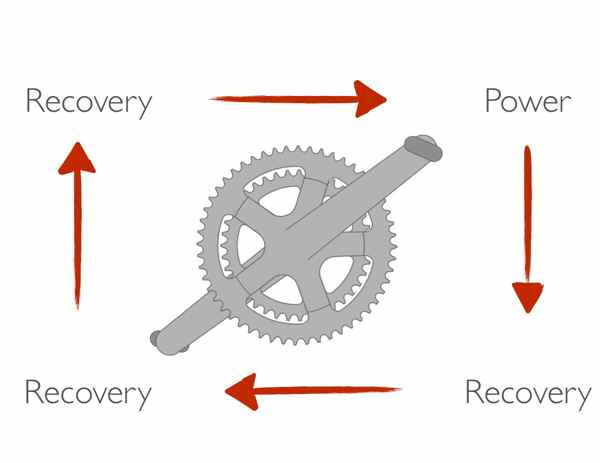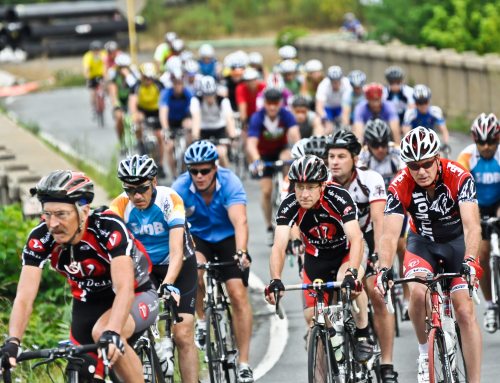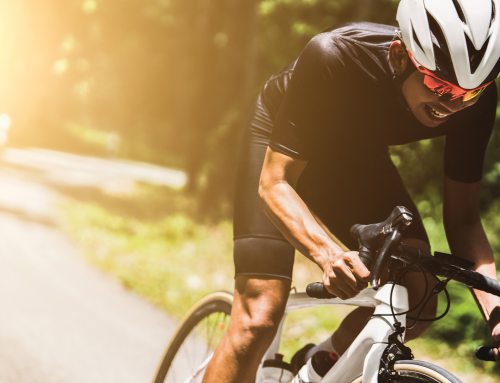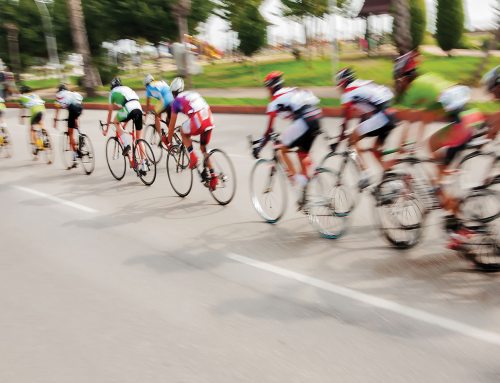
How to ride faster by refining your pedaling technique
By Victor Jimenez
Recently I met with a client whom I have worked with for the past year on her pedaling technique. She originally came in for a bicycle fitting and through the fitting process we identified that part of her comfort and performance problems were caused by poor pedaling technique.
We have been working together on improving her technique and the results are impressive. Her average energy expenditure is down and her speeds are up. Her endurance has increased as well. With this greater efficiency, her back pain and other ailments have decreased. This improvement did not come easily. It came from very specific practice and determination to improve her pedaling technique, which in turn improved her riding.
What is pedaling technique?
Pedaling technique is simply the way that cyclists turn the pedals around. Pedaling a bike is a complex task for your body to achieve and it does not come naturally. It is one thing to pedal your bicycle down to the local coffee shop and another altogether to pedal a bike for several hours or more.
Why is it so important to learn to pedal efficiently?
Most cyclists waste a lot of energy with poor pedaling technique. For example, if you are not pulling back on the bottom part upstroke of your pedal stroke, the opposite leg is doing all the work to lift the leg up for you. You are literally pedaling against yourself.
Doing intervals and structuring your workouts should be a part of any cyclist’s training, but without pedaling efficiency training you will not maximize the results. Poor pedaling technique can also lead to injuries such as knee pain, back pain and even saddle sores. If you want to really improve your riding and overall cycling experience you must learn to pedal more effectively.
Essential Drills
There are many drills that can help your pedaling efficiency but these two are the essentials in any cyclist’s toolbox.
1. Increasing your cadence
To work on increasing your cadence you want to pedal just a little bit out of your comfort zone. If you typically pedal at 80 rpm, try pedaling just a little bit faster, say at 85 rpm. By doing so you will maintain good form and over time, 85 rpm will be your new benchmark. A common mistake is to just go out and pedal as fast as possible. If you do this you are likely practicing sloppy technique because you are so far out of your typical comfort zone that you are bouncing all over the saddle.
2. Pulling back on the pedals
To work on the lower part on your pedal stroke you need to practice pulling back on the pedals. The movement mimics scraping mud off your shoes. It starts when the pedals are in about the 4 o’clock position, then transitions to an upward pull all the way to 9 or 10 o’clock. The important thing is to pull through your heel. Watch out for the common mistake of pulling the foot upward through the top of the foot. If you are doing this drill properly you will feel your heel sink into the back of the shoe.
Identify your weak areas
The first thing to do if you want to improve is to identify your weak areas. You may be able to identify and work on these problem areas on your own but it really helps if you have an expert analyze your pedal stroke and then point you in the right direction.
The most common pedaling efficiency problems are:
- Cadence too low
- Poor engagement on lower part of pedal stroke
- Pressuring pedals too hard on down stroke
- Toes point down on down stroke
- Excessive ankle movement
- Little engagement on top of pedal stroke
Work on one thing at a time
If you are able to identify problem areas you can single out and work on the specific part that needs work. For example, if you identify that your cadence is too low, you can work on drills that will help you become more comfortable at a higher cadence.
A mistake that many cyclists make is categorizing all pedaling efficiency problems together and then doing blanket drills that are too vague to make significant improvements in efficiency. That’s like telling the baker to make more cakes to improve his baking when all he really needs to do is figure out the ideal amount of sugar.
Keep drills short in duration
Learning a new movement or motor skill is complex and takes a lot of conscious effort. For this reason it is difficult to stay focused for more than a few minutes. Keep drills short and sweet. Remember, it’s not about getting a workout; it’s about learning a new motor skill.
Perfect practice makes perfect
Practice during every ride to learn a complex skill. The easiest way to practice is to incorporate the drills into your normal riding routine. Take the first few minutes of every ride and work on your technique and focus as deeply as possible. Then go about your ride as usual and do your workout, and repeat the focus at the end of the ride. Do this on every ride.
Summary
Pedaling efficiently is not an elusive secret skill that some are born with. It is learned with practice. To learn to pedal efficiently you first need to identify your problem areas. Consult with your coach or cycling technique expert to identify areas that need improvement. The most essential drills are high cadence and pulling back on the pedals on the recovery part of the pedal stroke. Keep drills short in duration and work on one thing at a time.
Start on your next ride doing these and other drills and you will start to see improvements in just a few rides. Remember that it’s not just practice that makes perfect, it’s perfect practice that makes perfect.
# # #
Victor Jimenez is the owner and professional bicycle fitter at bicyclelab.com. Bicycle Lab is a small boutique studio that specializes in bicycle fitting, custom bicycles and education. Victor teaches clinics and classes to individuals, coaches and teams on bicycle fit and the technical aspects of cycling and is co-host of the cycling 360 podcast: http://Bicyclelab.com, http://Facebook.com/bicyclelab, victor@bicyclelab.com






